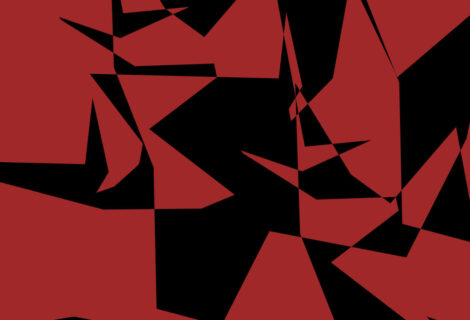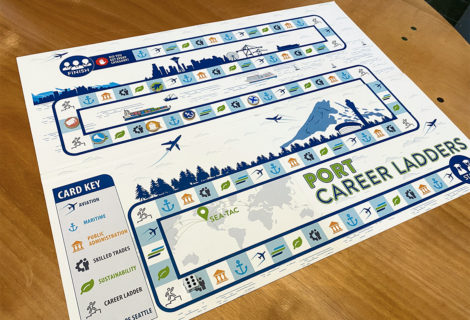Five Books Every Designer Should Own
At my home we have begun installing hard wood floors in our living room. The first part of this project, or any project for that matter, is the prep work. For this particular project we have to move things, tear out carpet and so on. During this process,we’ve boxed up most of the sundry flotsam and jetsam of modern life, i.e. furniture, electronics, books and Tiki mugs. The biggest problem has been the boxing and storing of our books, not because it is hard, but because every time I pull a book off the shelf I want to start reading it.
I realized there were some books that I just couldn’t store, even for a few weeks. These books I reference frequently, and it just doesn’t seem right to hide them away like an embarrassing relative. The following books I have found immensely helpful, interesting and thought provoking; they are books that every designer should have in their libraries.

It is often said that if you don’t know where you’ve come from you don’t know were you are going. There is no finer book on the history of graphic design than late Philip B. Meggs’ magnum opus A History of Graphic Design. It is exhaustive and authoritatively details the history of Graphic Design from the scratchings of prehistoric petraglyps to the digital revolution. The book is curently in it’s fourth edition and was recently revamped and updated by the capable hands of Alston Purvis. The New York Times is right on the money when they called it, “A significant attempt at a comprehensive history of graphic design…it will be an eye-opener not only for general readers, but for designers who have been unaware of their legacy.”

As much a manifesto for beautiful typography as a handbook of best practices; Bringhurst’s book is arguably the most influential book on typography in the last 30 years. It is exhaustive, dense and a must read for anyone with an interest in typography and graphic design.
3. Becoming a Graphic Designer: A Guide to Careers in Design by Steven Heller and Teresa Fernades
It is really hard to pick only one book for this list from Steven Heller, the supreme living critic, proponent and cataloger of Graphic Design. This entire list could just as easily been nothing but his books. But proper decorum must prevail so I’ll include this book because it is definitely a must read for any level of designer. It is simply the best road map for navigating of the numerous career paths in the Graphic Design business.
4. Design Basic Index by Jim Krause
Can’t afford art school? Need a refresher course on the basics of design? Need to explain to your mother what Graphic Designers do?
Look no further than Jim Krause’s great book. This beautiful book copiously explains the principles and best practices of design. As an added bonus the book is full of exercises that give readers hands on experience in the basics of design.
5. The Cheese Monkeys: A Novel in Two Semesters by Chip Kidd
A funny and thought provoking fictional look into the world of art school in the late 1950’s. Chip Kidd is a masterful book jacket designer who is responsible for some of the most iconic book jackets in the last 20 years. In The Cheese Monkeys, his first novel, he proves in he can fill a book with as memorable literary images as memorable graphic images on the covers. For designers, the book is a must read if for nothing else than the lectures in design by Winter Sorbeck, who inspires and terrorizes his acolytes with his philosophy of Graphic Design. My favorite little design nugget (of which there are tons in the book):
A bazillion years ago, some poor son of a bitch Cro-Magnon scratched a drawing of a buffalo on to the wall of his cave. He didn’t do it because his muse had called to him, or to explore the texture of bauxite, or to start the neoprimitive-expressionist movment. He did it because he killed a goddamn buffalo and he wanted someone else to know about it, after he was gone. He had a specific, definable purpose for making a piece of visual information. The first one.”
This is in no way a definitive list of course. What are some design books you’d recommend to clutter up fellow designer’s night stands?










